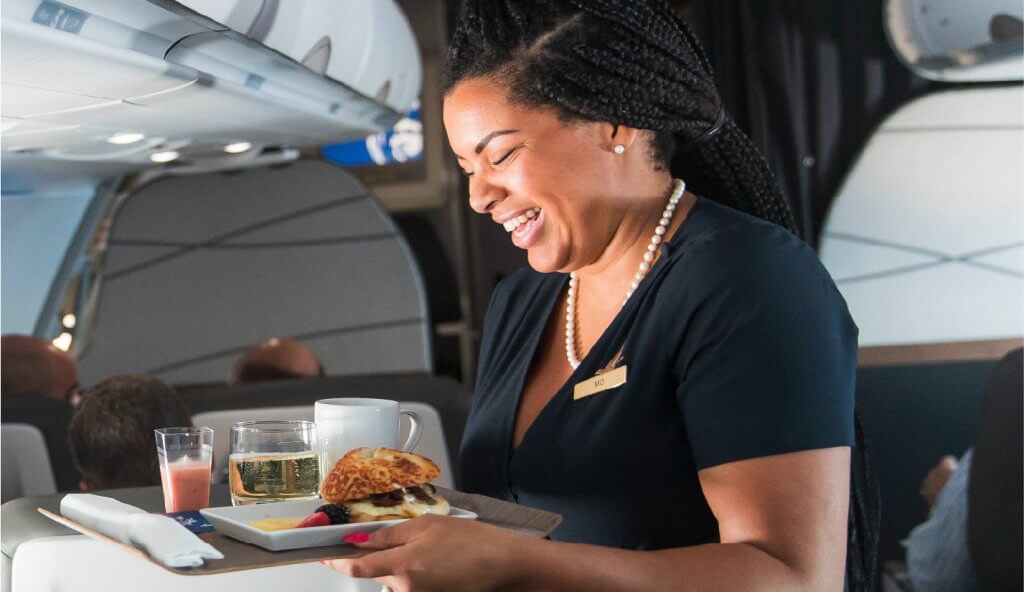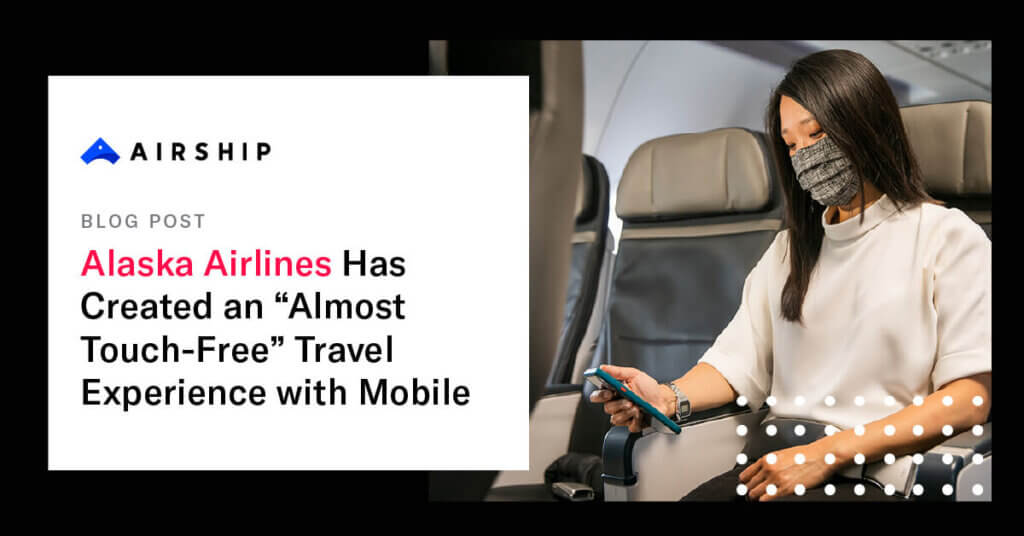How Alaska Airlines Created a Simpler Customer Experience Using Data

Emily Smith Sr. Strategic Account Manager

Share to my network
In this article
Categories
Book a meeting
Connect with our team of experts to discuss your conversion and loyalty goals, and how we can help you achieve them faster.
Get a demoIf you’re in North America, you’ve probably flown Alaska Airlines at least once in your life. They’re a giant in the airline industry––but like every other airline when the pandemic hit in early 2020, Alaska had to adapt.
They’ve come out on the other side with a smoother customer experience. At our Elevate 2020 event, we chatted with Dave McCormick, Managing Director of Product and Design, about how Alaska uses data to create a great customer experience. He led with a quote from artist John Maeda:
“Simplicity is about subtracting the obvious and adding the meaningful.”
Let’s take a look at how Alaska added “the meaningful” over the past 16 months.
Figure Out What Customers Really Want
Customers’ true desires often get lost in corporate bureaucracy and endless meetings—and companies end up releasing products that don’t properly address what customers want. During the pandemic, frictionless and contactless were the two big focus points.
But those can mean two different things to companies and customers. As Alaska was making updates, they asked themselves: What do frictionless and contactless actually mean to the customer?
From that framework, Alaska was able to create an experience that benefitted both their customers and employees. Here’s how they did it.
Creating a Frictionless Experience
People make mental checklists before they fly. Check-in, bags, food, the list goes on—so Alaska created a frictionless checklist feature in-app to help customers visually remember where they were with that process.
Alaska uses Airship’s multi-channel platform to vary notifications based on where the customer was at in their journey. This could be an in-app message, an SMS message, or a web notification. Alaska ran campaigns that let people order pre-order food ahead of time, and campaigns that let people know about COVID restrictions in the places they were traveling.
Creating a Contactless Experience
Alaska found that in many cases, contactless and frictionless had significant overlap. The biggest thing Alaska did to improve the contactless experience was to create a touch-free bag tag printing feature.
Customers could simply hold their phone near the machine and their tags would be printed. Here’s how it helped:
- Traditional bag tag experience: 180 seconds.
- Touch-free bag tag experience: 15 seconds.
- Hours saved: This saved guests more than 300 hours per day, cumulatively.
Engagement and Future Plans
So, how did Alaska’s campaigns go? The company saw:
- 39% direct engagement rate from push notifications.
- 95% engagement rate from push notifications within 12 hours.
This is a good start, but Alaska’s not stopping here. They’re currently using Airship’s Performance Analytics feature to evaluate channel-message fit: Which messages perform best in which channels. Alaska is also using Airship Journeys to deliver the right products at the right time.
If you’re reading this, there’s a good chance that Airship can help your brand. Hit the button down below and let’s chat about how.



